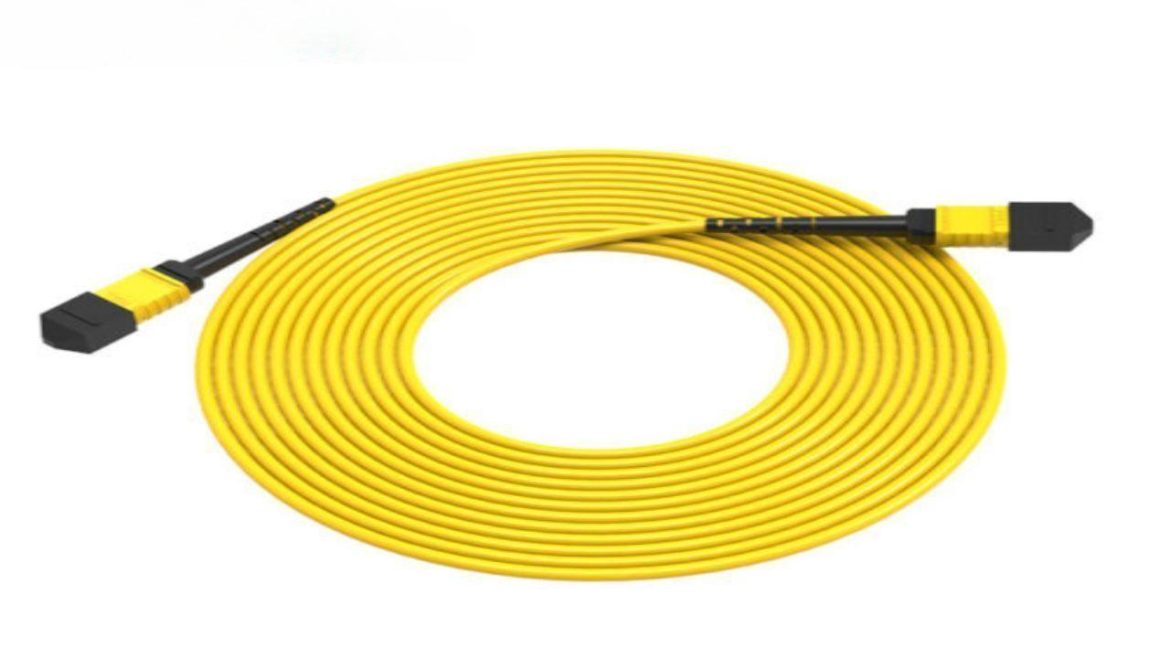In the era of digitalization, high-speed data transmission is the backbone of countless industries. Whether it’s the finance sector, which relies on lightning-fast transactions, the healthcare industry, demanding real-time access to patient records, or the entertainment world, where streaming high-definition content has become the norm, speed and reliability of data transfer are paramount. In this context, fibre patch leads have become instrumental in meeting these needs, providing rapid, reliable, and high-volume data transfer.
Definition and Function
A fiber patch lead, also referred to as a fiber patch cord or fiber jumper, is a convenient and speedy solution in telecommunications. It consists of a fiber optic cable with connectors on each end, facilitating easy connections to CATV (Cable Television), optical switches, or other telecommunication equipment.Its primary role is to connect devices and ensure smooth and high-speed data transfer.
The defining characteristic of fibre patch leads is their use of light signals, unlike traditional copper cables, which use electrical signals. This fundamental difference accounts for their superior performance in data transmission speed and quality. Fibre optic cables are immune to electromagnetic interference, which can seriously degrade data transfer in copper cables, and have much higher bandwidth capabilities.
Types of Fibre Patch Leads
Fibre patch leads can be broadly categorized into two types: single-mode (SM) and multimode (MM).
Single-mode fibre patch leads are designed for long-distance data transmission. They use laser light to send signals and have a small core diameter, which allows the light to travel directly through the fibre without bouncing off the walls. This makes SM patch leads ideal for applications that require data to be sent over long distances, like telecommunication networks or college campuses.
On the other hand, multimode fibre patch leads are designed for short-distance data transmission. They have a larger core diameter, which allows the light to travel in multiple paths, hence the name multimode. This feature makes MM patch leads suitable for data and audio/visual applications within a building, such as within a data centre or for local area networks (LANs).
Benefits
Fibre patch leads offer numerous advantages over traditional copper cables:
Minimal Signal Loss: Fibre patch leads are known for minimal signal loss or attenuation, which means data can be transmitted over longer distances without degradation.
Higher Bandwidth: They provide significantly higher bandwidth than copper cables. This means they can carry more data, making them ideal for today’s data-heavy applications.
Immunity to Electromagnetic Interference: Unlike copper cables, fibre patch leads are not susceptible to electromagnetic interference. This leads to better signal quality and less network downtime.
Installation and Maintenance
Installing and maintaining fibre patch leads requires some care to ensure optimal performance:
Inspect the Fibre Ends: Before installation, inspect the ends of the fibre patch lead to ensure they are clean and undamaged.
Connect the Patch Lead: Connect the patch lead to your devices. Make sure the connections are firm but not forced.
Route the Patch Lead: Carefully route the patch lead, avoiding sharp bends and twists, which can damage the fibre and degrade performance.
Test the Connection: Once installed, test the connection to make sure data is being transmitted effectively.
Regular Maintenance: Regularly inspect, clean, and if necessary, replace your fibre patch leads to maintain optimum performance.
Conclusion
In an age where data is king, fibre patch leads have emerged as crucial components of high-speed data transmission. Their ability to provide rapid, reliable, high-volume data transfer, their minimal signal loss, and their immunity to electromagnetic interference, among other benefits, make them indispensable in various industries. By understanding the functions, types, and maintenance of fibre patch leads, businesses can leverage their full potential and pave the way for seamless digital communication. In this digital age, harnessing the power of fibre patch leads is not just an option; it’s a necessity for staying ahead in the game.

